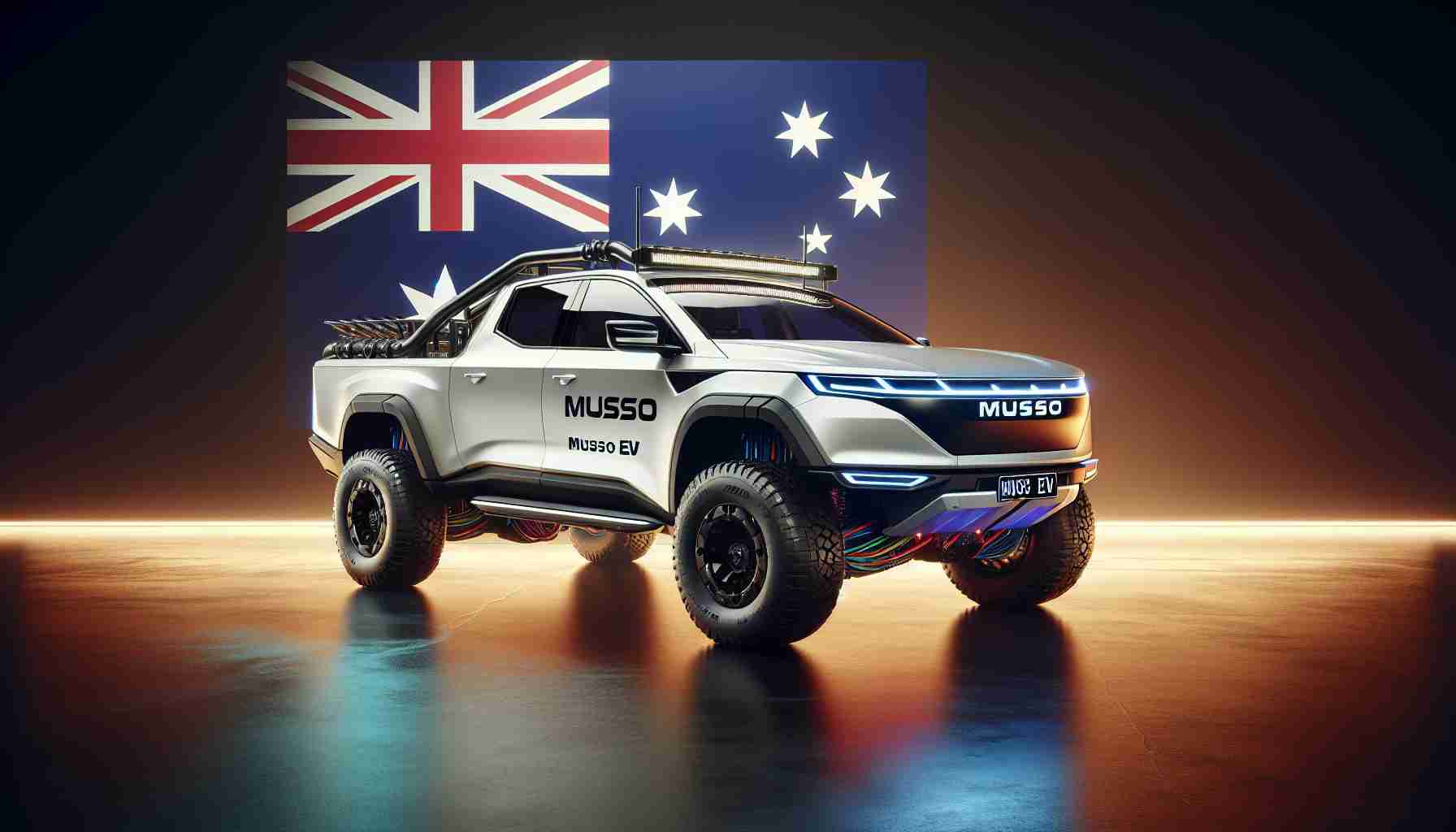- Tesla unveils groundbreaking Full Self-Driving (FSD) version 13, enhancing autonomous vehicle safety and capabilities.
- Plans for unsupervised FSD and robotaxis by 2026 could revolutionize autonomous transportation and unlock significant revenue streams.
- To compete with affordable Chinese EVs, Tesla is developing budget-friendly models to expand its customer base.
- Financially, Tesla faces modest growth and potential earnings downgrades, raising concerns about stock valuation.
- Regulatory changes, such as the potential removal of U.S. EV tax credits, present significant challenges.
- Despite hurdles, Tesla maintains a strong position in the U.S. EV market, driven by advanced manufacturing and brand reputation.
Tesla is taking the fast lane to revolutionize the electric vehicle (EV) industry, powered by its groundbreaking advancements in Full Self-Driving (FSD) technology. With the unveiling of FSD version 13, the company is showcasing significant enhancements, hinting at a future where autonomous driving could be just as safe, if not safer, than human operation. While skeptics remain, Tesla’s unrelenting pursuit of innovation marks a pivotal shift as it gears up for the highly anticipated launch of unsupervised FSD and robotaxi services by 2026. This visionary step promises to unlock a wealth of revenue opportunities, setting a new standard in autonomous transportation.
To outpace fierce competition, particularly from cost-effective EVs emerging from China, Tesla is reportedly working on more affordable models aimed at broadening its appeal and expanding its customer base. This strategy could turbocharge unit sales, aligning with consumer preferences for wallet-friendly electric alternatives.
Financially, Tesla navigates rough waters, as modest growth and a diluted earnings per share of $3.65 paint a cautious landscape. Analysts sound the alarm on potential earnings downgrades, suggesting the company’s stock might be inflated. Nevertheless, Tesla’s strong foothold in the U.S. EV sector, driven by cutting-edge manufacturing and a robust brand reputation, remains unshaken.
However, looming regulatory changes, like the expected removal of EV tax credits in the U.S., could pose formidable challenges. Adaptive strategies will be crucial as Tesla continues to keep its competitors in the rearview mirror.
In essence, Tesla’s innovative drive and strategic market maneuvers are not just securing its current dominance but are also paving the road for a future where the possibilities in the EV landscape are limitless. Stay tuned as Tesla accelerates into this electrifying new era.
Tesla’s Rapid Road to Autonomous Driving: What You Need to Know Now!
How is Tesla’s Full Self-Driving (FSD) technology evolving, and what are its implications for the future?
Tesla’s Full Self-Driving technology has reached a new milestone with the release of version 13. This iteration boasts enhanced capabilities, furthering the ambition of achieving a future where cars could potentially drive themselves more safely than humans. The development is pivotal as Tesla plans to launch unsupervised FSD and robotaxi services by 2026, heralding a significant shift in autonomous transportation. However, regulatory hurdles and safety concerns remain pressing issues that Tesla must navigate to ensure these services are legally and practically viable.
Why is Tesla focusing on producing more affordable EV models?
Tesla is targeting cost-effective electric vehicle models to counter the rising competition from Chinese manufacturers and to appeal to a broader customer base. By producing more affordable EVs, Tesla aims to increase its unit sales, which could lead to greater market penetration and bolster its financial stability. This approach aligns with consumer preferences for budget-friendly electric options, positioning Tesla favorably in the rapidly evolving EV market.
What financial challenges does Tesla face, and how might they impact its future?
Despite Tesla’s strong foothold in the U.S. EV market, financial challenges loom large. The company’s modest growth and a diluted earnings per share of $3.65 signal potential vulnerabilities, prompting some analysts to suggest possible earnings downgrades. Stock overvaluation concerns add another layer of complexity to Tesla’s financial landscape. Additionally, prospective regulatory changes, such as the removal of EV tax credits in the U.S., could significantly impact Tesla’s bottom line. Adopting adaptive strategies could be essential for Tesla to sustain its market dominance amidst these challenges.
For more insights into electric vehicles and their future, visit Tesla.













